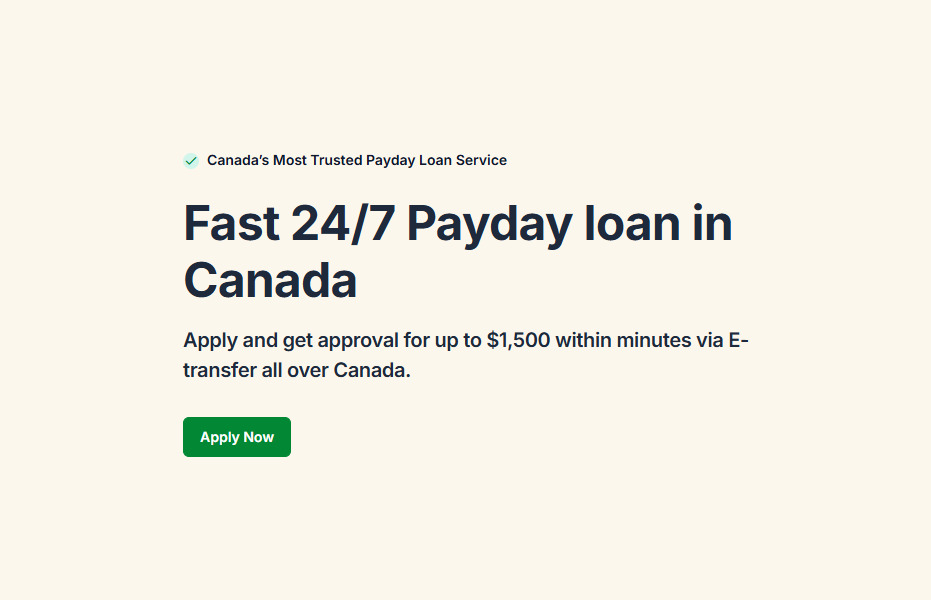
Affordable Home Energy Saving Tips
March 18, 2025 by Finquest FinancialRising energy costs across Canada mean households are paying closer attention to utility bills. Fortunately, there are dozens of simple, affordable strategies to cut consumption without compromising comfort. Here’s how to get started with quick wins this spring.
Start With Energy Habits
Small behavioural changes add up. Turn off lights when leaving rooms, unplug chargers, and run appliances like dishwashers and washing machines during off‑peak hours. BC Hydro reports that standby power alone accounts for up to 10% of household electricity use.
Seal Drafts and Improve Insulation
A tube of caulking or weatherstripping can save hundreds annually by reducing heating and cooling loss. If you rent, ask your landlord about basic improvements that benefit everyone. Even placing a draft stopper along doors makes a noticeable difference.
Smart Thermostat Use
Programmable thermostats let you lower heat while sleeping or away. Dropping your thermostat by just 2°C can cut heating bills by up to 5%. Many Canadian provinces offer rebates on smart thermostat purchases, reducing upfront costs.
Efficient Lighting and Appliances
Switching to LED bulbs cuts energy use dramatically and prices have fallen in recent years. When replacing appliances, check for Energy Star ratings — these models use 15%–30% less energy than standard units.
Water Savings
Install low‑flow showerheads and faucet aerators, available at most hardware stores for under $20. Heating water is often the second‑largest energy expense in Canadian homes, so small investments here bring quick returns.
Budgeting for Efficiency
If replacing windows, upgrading insulation, or installing efficient appliances feels out of reach, consider planning a “savings envelope” for home upgrades. Many municipalities also offer financing programs to make improvements affordable.
When Energy Bills Collide With Other Expenses
If higher utility bills coincide with other obligations, it can cause financial strain. At Finquest Financial, we offer payday loans up to $1,500 with fast e‑transfer funding — helping you cover urgent costs while staying on top of your household budget.
Apply NowContinue Reading
🔗 Previous Post: Credit Card Minimum Payments Explained | Smart Borrowing
🔗 Next Post: Preparing for Tax Refund Season in Canada | Maximize Your Refund